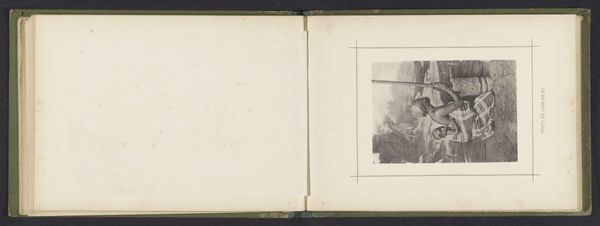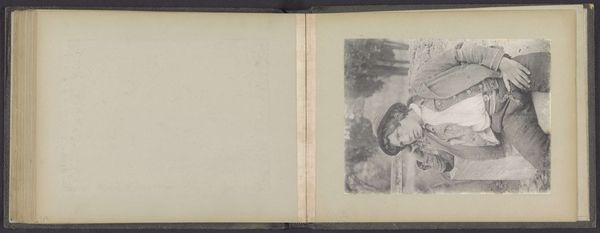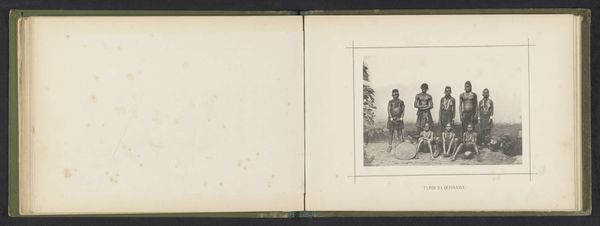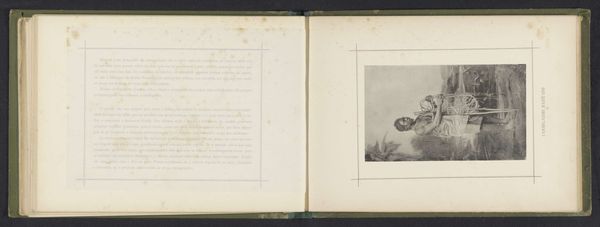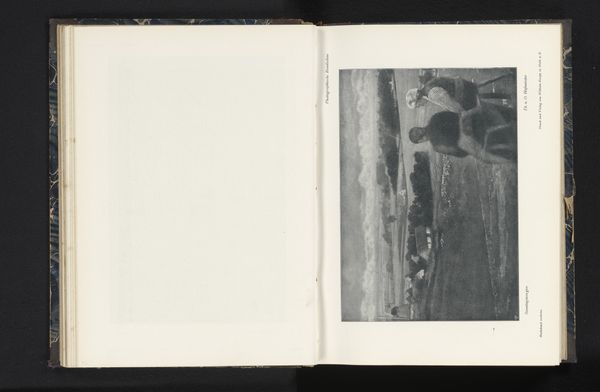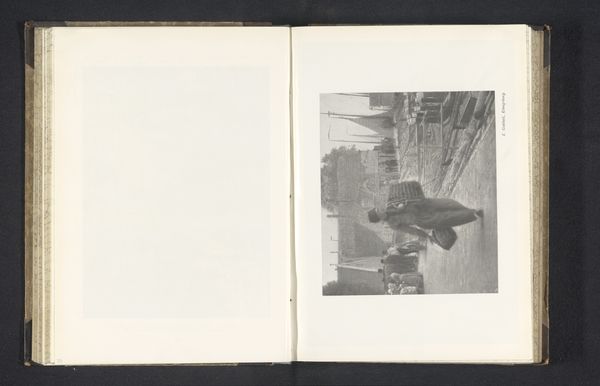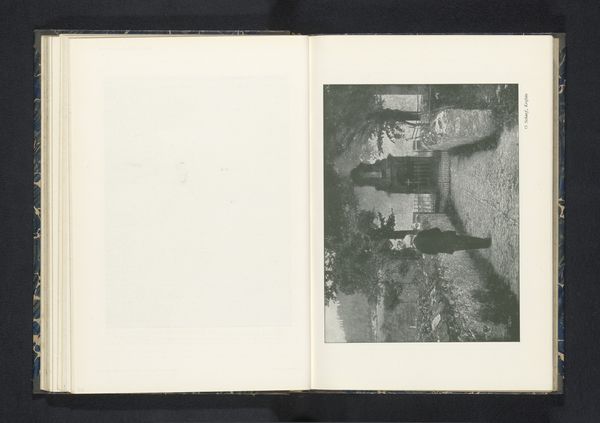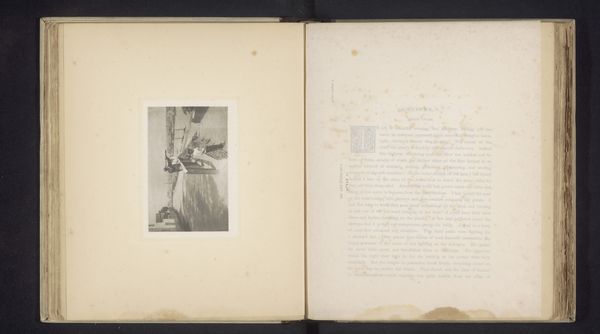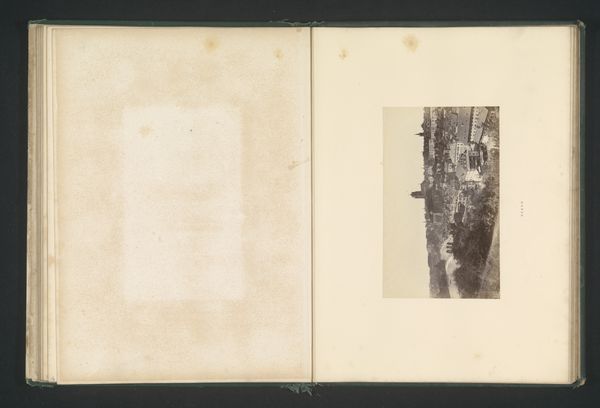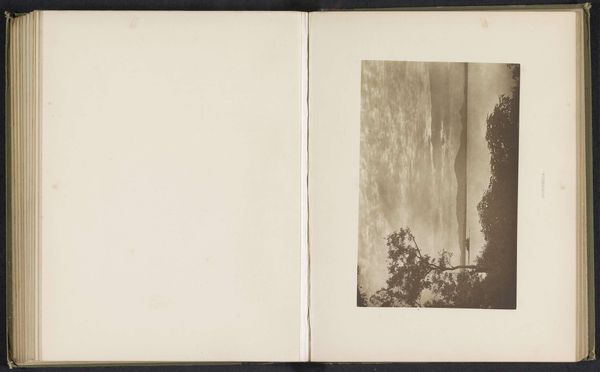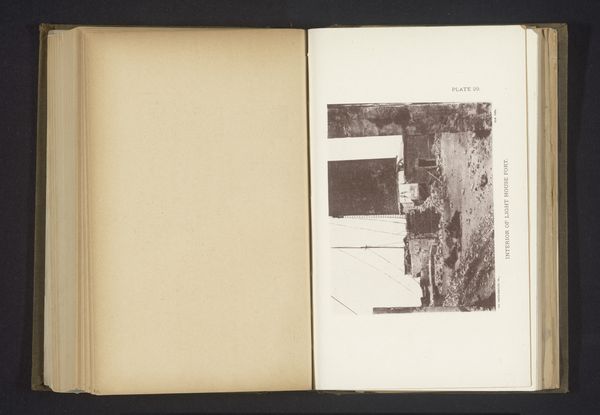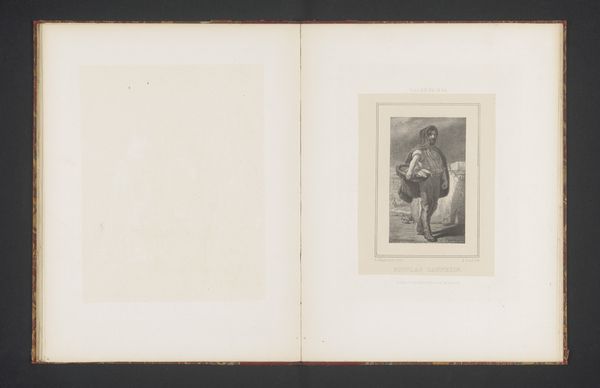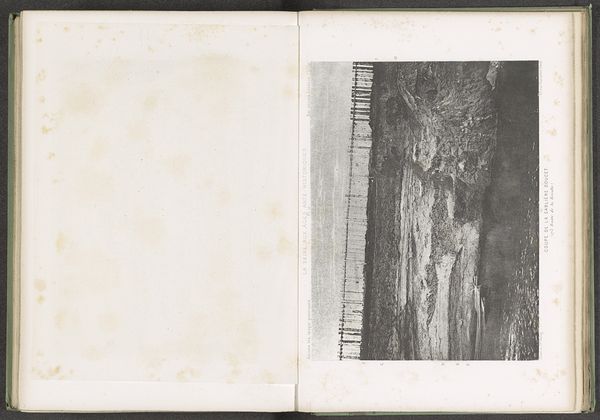
drawing, paper
#
portrait
#
african-art
#
drawing
#
paper
Dimensions: height 114 mm, width 163 mm
Copyright: Rijks Museum: Open Domain
Editor: Here we have a drawing titled "Straatsmeden" by José Augusto da Cunha Moraes, made before 1886, using paper. It feels like a captured moment, a candid glimpse into another world. How do you interpret this work, considering its time? Curator: It's vital to recognize that such images were often produced within colonial frameworks. The artist, although perhaps intending an objective representation, was inevitably shaped by the power dynamics and ideologies of his era. What do you notice about the way these figures are represented? Editor: They seem... isolated. Their activities are shown, but there is little context, leaving an impression of them as "other". Curator: Precisely. Consider the term "Straatsmeden." What does it evoke for you in terms of social categorization? Who gets to name whom and why? Editor: It's like they are being categorized as a type, removing their individual identity, possibly to fit into a European narrative about African peoples. Is it an outsider's limited understanding, and imposition of a Western lens? Curator: Absolutely. It's a potent reminder of the role art can play in both perpetuating and challenging such stereotypes. It’s an important case to examine what messages they transmit, consciously or not, about race and power. It demands careful consideration when approaching historical artworks depicting marginalized communities. Editor: This really changes how I see the drawing; it’s not just a portrait, but a reflection of colonial attitudes embedded in the way people were viewed and represented. Curator: Indeed. Analyzing these artworks through a contemporary lens allows us to unravel historical biases and hopefully fosters a more inclusive and nuanced understanding of our shared past.
Comments
No comments
Be the first to comment and join the conversation on the ultimate creative platform.
